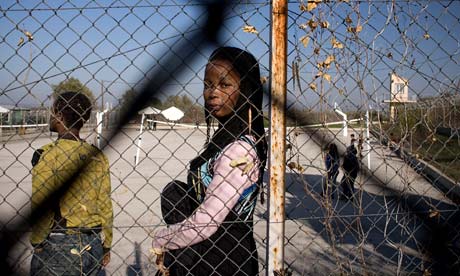In May 2021, we witnessed a new episode in the uneasy history of the Levant and more specifically between Israelis and Palestinians in the Gaza Strip. We were also witness to the use of an emerging weapon in warfare, social media. While not novel (PDF), the use of social platforms has permeated the strategy of the belligerents in this conflict and has been combined with the age-old strategy of disinformation with devastating consequences. The alleged use of social media by Israel to lure Hamas fighters into vulnerable positions on May 13th stands out to illustrate both the effectiveness and the ambiguity of this weapon.
Since the beginning of the crisis, Israel had been calling up reservists and amassing troops at its border with the Gaza Strip. This type of force concentration was similar to that which preceded the Israeli incursion into the Gaza Strip in 2014, during Operation Protective Edge (PDF). Armed groups within the Gaza Strip, especially Hamas, intended to resist any potential ground offensive and inflict significant casualties on the Israeli Defense Forces (IDF). During the 2014 invasion, however, their resistance was crushed by the power of the Israeli armoured spearhead to which Gaza militants had little response for and air power. Consequently, since then, anti-tank battery emplacements had been constructed to oppose an Israeli advance and an elaborate network of tunnels had been dug to protect the militants operating said anti-tank battery (and to facilitate Hamas’ operations in general). Dubbed “the Metro,” it was said to be the shield militants used to protect themselves against air attacks, but in the case of an invasion, they would have had to leave the protection of the Metro to man the defences.
Several reputed media reported that an information operation had indeed occurred on the night of the 13th to 14th, such as the New York Times, the Washington Post, and CTV, amongst others. The supposed Israeli disinformation effort explored here was allegedly intended to draw the crews of the anti-tank missiles out of the Metro and into the exposed position they would have manned in case of an Israeli invasion. The catalyst of this operation was allegedly a tweet at 12:22 AM (local time) by the official IDF Twitter account reading: “IDF air and ground troops are currently attacking in the Gaza Strip.” This tweet was interpreted by international media as the IDF is actively conducting ground operations in Gaza (read: Israel is invading Gaza). It thus resulted in reporting that an Israeli invasion of the Gaza Strip was underway, which, as expected, drew out Hamas militants to their battle stations. Then, during a 40-minute window at around 2 AM, “160 (Israeli) aircraft dropped 450 missiles on 150 targets,” as reported by The Times of Israel, causing significant damage to “the Metro” and killing an undisclosed number of Hamas militants. If this strike was really preceded by an Israeli disinformation effort, it was (militarily and strategically speaking) a great success as it compelled Hamas’ fighters to leave the cover of their improvised air shelter and congregate away from civilians.
Israeli authorities and the IDF, however, were quick to express the fact that the aforementioned tweet was an error and did not mean that the IDF was invading Gaza. In fact, at 2 AM (local time), an Israeli spokesperson stated that the post was due to an error in communication between the deployed troops and the IDF’s public affairs office. Furthermore, note the ambiguous meaning of, “IDF air and ground troops are currently attacking in the Gaza Strip.” Does “in” refer to attacks conducted on Gaza from within or without?
Although the Israelis have upheld the fact that no disinformation operation was conducted, many remain skeptical. In addition to some former members of the IDF calling the incident an obvious information operation, the ability of Israeli air assets to capitalize on the opportunity is suspicious, to say the very least. The attack launched on Hamas’s assets that night was said to be the largest since the beginning of the conflict and was conducted in a very short 40-minute period. Thus, it means either that the movement of Hamas troops was expected due to the planned disinformation operation and that aircraft were already in the air and ready, or that the movement was detected, plans drawn up, aircraft scrambled, assembled in strike formation, directed to the target, and conducted their attack less than two hours after the publication of the tweet. Usually, the pre-flight inspection of an F-16 alone takes more than half an hour. It is also unlikely that, by sheer chance, on that precise night, at that precise time, that the most powerful strike package of the whole conflict was already scheduled to attack. Therefore, the former option, that the bombing (and thus the disinformation operation) was planned, seems more reasonable.
Nevertheless, in a conflict where public opinion in countries that support Israel militarily and diplomatically is crucial, such a ploy exploiting the media has to be used with great caution. In fact, this kind of manipulation of the media could result in loss of media confidence in the official Israeli public affairs authorities which could, in turn, lead to the erosion of the Israeli narrative on the international scene.
Featured image: Map showing Gaza (2020), by CHUTTERSNAP via Unsplash.
Disclaimer: Any views or opinions expressed in articles are solely those of the authors and do not necessarily represent the views of the NATO Association of Canada.




